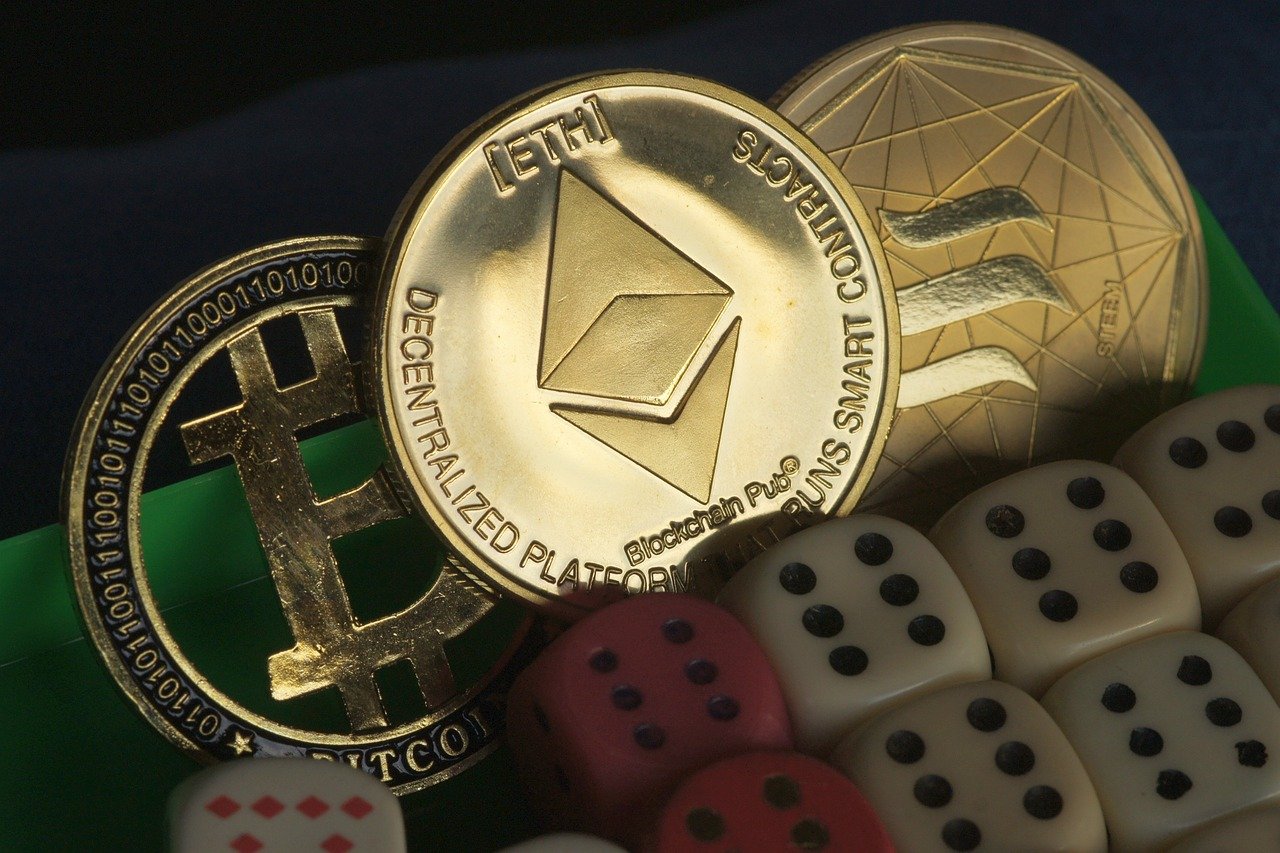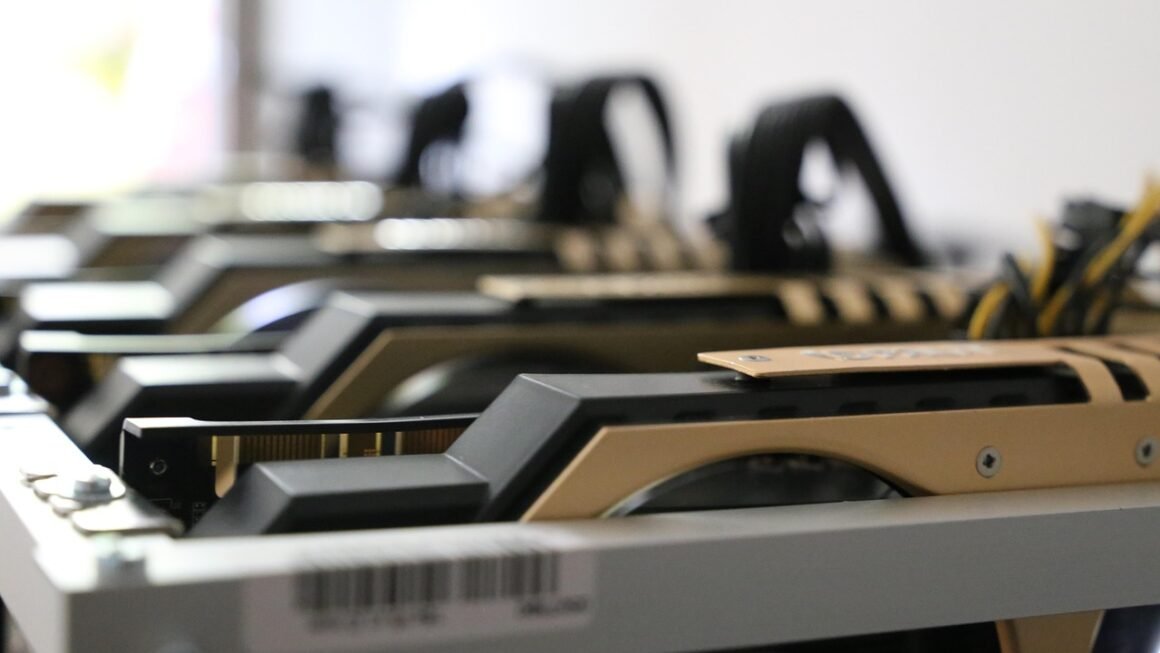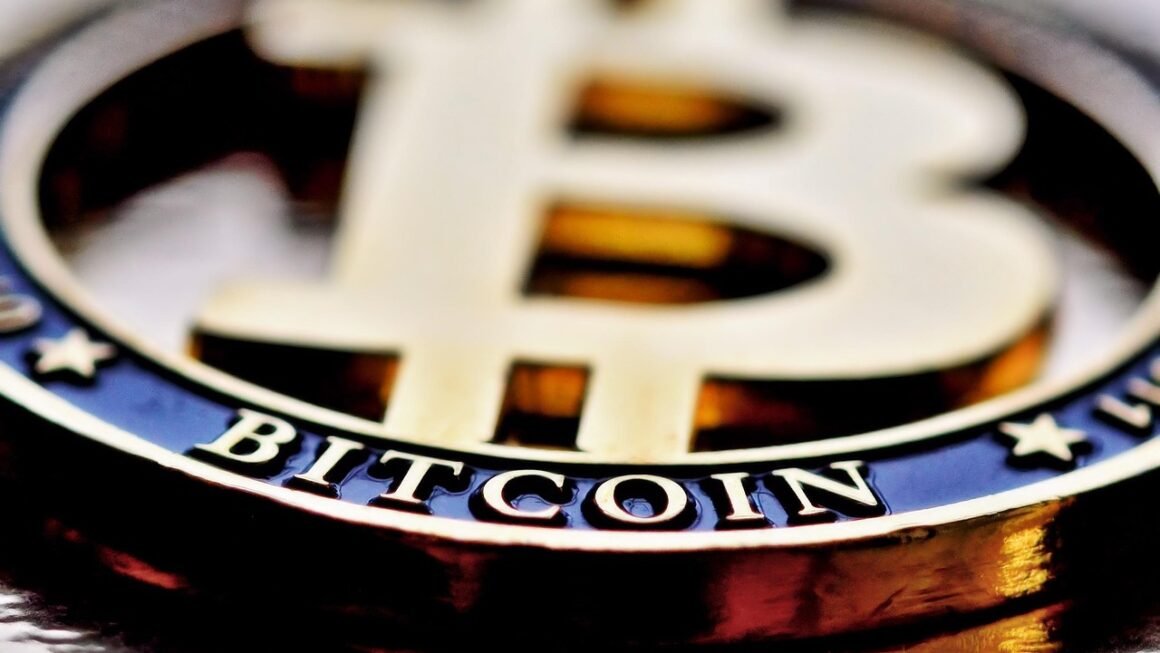Navigating the world of cryptocurrency can feel like deciphering a complex code, especially when you move beyond the familiar territory of Bitcoin. Altcoins, the alternative cryptocurrencies, present a vast and varied landscape of opportunities and risks. This guide will provide a comprehensive overview of altcoins, exploring their different types, benefits, risks, and how to navigate this exciting sector of the crypto market.
What are Altcoins?
Defining Altcoins and Their Purpose
Altcoins, short for “alternative coins,” are any cryptocurrency other than Bitcoin. They emerged as variations of Bitcoin’s original concept, often aiming to improve upon its limitations or offer entirely new functionalities. Altcoins have introduced diverse features like faster transaction speeds, different consensus mechanisms, and support for decentralized applications (dApps).
- Purpose:
Address Bitcoin’s shortcomings (e.g., scalability, transaction fees).
Introduce new features and technologies (e.g., smart contracts, privacy features).
Cater to specific industries or use cases (e.g., supply chain management, gaming).
- Example: Litecoin was one of the first altcoins and aimed to improve transaction speed compared to Bitcoin.
A Brief History of Altcoins
The first altcoins emerged shortly after Bitcoin’s creation in 2009. Litecoin, launched in 2011, is a prime example. Since then, thousands of altcoins have been created, each with its own unique characteristics and goals. The rise of Ethereum in 2015, with its smart contract capabilities, spurred a wave of innovation in the altcoin space, leading to the development of countless decentralized applications and tokens.
- Early Altcoins (2011-2015): Focused on improving Bitcoin’s technology.
- Ethereum Era (2015-Present): Shift towards smart contracts and dApps.
- Ongoing Evolution: Experimentation with new consensus mechanisms, DeFi, and NFTs.
Types of Altcoins
Mining-Based Altcoins
These altcoins, similar to Bitcoin, utilize a Proof-of-Work (PoW) consensus mechanism. Miners solve complex mathematical problems to validate transactions and earn newly minted coins.
- Characteristics:
Rely on computational power for security.
Energy-intensive.
Examples: Litecoin, Monero (although Monero is ASIC-resistant).
- Example: Litecoin uses the Scrypt algorithm, which was designed to be less susceptible to ASIC mining than Bitcoin’s SHA-256.
Staking-Based Altcoins
These altcoins use Proof-of-Stake (PoS) or its variations as their consensus mechanism. Instead of mining, users “stake” their coins to validate transactions and earn rewards.
- Characteristics:
More energy-efficient than PoW.
Users with larger stakes have a higher chance of validating transactions.
Examples: Cardano, Solana, Polkadot.
- Example: Cardano utilizes a delegated Proof-of-Stake (dPoS) system where users delegate their stake to validators, who then validate transactions on their behalf.
Stablecoins
Stablecoins are designed to maintain a stable value, typically pegged to a fiat currency like the US dollar or another stable asset like gold.
- Characteristics:
Reduce volatility in the crypto market.
Used for trading, payments, and as a store of value.
Types: Fiat-collateralized (e.g., Tether, USDC), crypto-collateralized (e.g., DAI), algorithmic (e.g., previous versions of TerraUSD – use caution here).
- Example: USDC is a fiat-collateralized stablecoin, meaning each USDC token is backed by one US dollar held in reserve.
Utility Tokens
Utility tokens provide access to specific products or services within a blockchain-based ecosystem.
- Characteristics:
Used for paying fees, accessing premium features, or participating in governance.
Value depends on the utility and demand for the associated platform or service.
Examples: Chainlink (LINK), Basic Attention Token (BAT).
- Example: Chainlink’s LINK token is used to pay node operators for providing data to smart contracts.
Governance Tokens
Governance tokens allow holders to participate in the decision-making processes of a decentralized project or protocol.
- Characteristics:
Holders can vote on proposals, suggest changes, and influence the future direction of the project.
Promote decentralization and community involvement.
Examples: Maker (MKR), Compound (COMP).
- Example: Maker (MKR) holders vote on changes to the MakerDAO protocol, including stability fees and collateral types.
Benefits and Risks of Investing in Altcoins
Potential Benefits
- Higher Potential Returns: Some altcoins can experience significant price appreciation due to their smaller market caps and potential for innovation.
- Diversification: Altcoins can diversify your crypto portfolio beyond Bitcoin, potentially reducing overall risk.
- Innovation: Altcoins drive innovation in the blockchain space, introducing new technologies and use cases.
- Specific Use Cases: Investing in altcoins focused on specific industries can be beneficial if you believe in the long-term potential of that sector.
Inherent Risks
- Higher Volatility: Altcoins are generally more volatile than Bitcoin, making them riskier investments.
- Lower Liquidity: Many altcoins have lower trading volumes, which can make it difficult to buy or sell large amounts without affecting the price.
- Scams and Fraud: The altcoin market is rife with scams and fraudulent projects.
- Regulatory Uncertainty: The regulatory landscape for cryptocurrencies is still evolving, which can impact the value and legality of altcoins.
- Technological Risks: The underlying technology of some altcoins may be vulnerable to bugs or security breaches.
- Project Failure: Many altcoins fail to gain traction and eventually become worthless.
Due Diligence is Key
Before investing in any altcoin, thorough research is crucial. Analyze the project’s whitepaper, team, technology, community, and market capitalization. Be wary of projects with unrealistic promises, anonymous teams, or little to no community involvement. Always consider your risk tolerance and never invest more than you can afford to lose. A good starting point is CoinMarketCap or CoinGecko to find information about listed coins.
How to Choose and Invest in Altcoins
Research and Analysis
- Understand the Technology: Dive into the project’s whitepaper and technical documentation to understand the underlying technology and its potential applications.
- Evaluate the Team: Research the team members’ backgrounds and experience. Look for a team with a proven track record in blockchain or related fields.
- Assess the Community: Check the project’s social media channels, forums, and community groups to gauge the level of engagement and support.
- Analyze Market Capitalization: Compare the market capitalization of the altcoin to its competitors to assess its potential for growth.
- Review Tokenomics: Understand the token distribution, supply schedule, and use cases of the token within the ecosystem.
Choosing the Right Platform
- Centralized Exchanges (CEX): Offer a wide range of altcoins and typically have higher liquidity. Examples include Binance, Coinbase, and Kraken.
- Decentralized Exchanges (DEX): Allow you to trade altcoins directly with other users without an intermediary. Examples include Uniswap and PancakeSwap.
- Considerations: Choose a platform that supports the altcoins you want to trade, has reasonable fees, and offers robust security measures. Always enable two-factor authentication (2FA).
Risk Management Strategies
- Diversification: Spread your investments across multiple altcoins to reduce risk.
- Stop-Loss Orders: Use stop-loss orders to automatically sell your altcoins if the price falls below a certain level.
- Take Profit Orders: Set take profit orders to automatically sell your altcoins when the price reaches your desired profit target.
- Dollar-Cost Averaging (DCA): Invest a fixed amount of money at regular intervals to reduce the impact of volatility.
Altcoin Security Best Practices
Securing Your Wallet
- Hardware Wallets: Store your altcoins offline on a hardware wallet for maximum security. These are considered “cold storage.”
- Software Wallets: Use reputable software wallets with strong security features. Ensure you back up your seed phrase in a safe place (preferably offline).
- Strong Passwords: Use strong, unique passwords for all your crypto accounts.
- Two-Factor Authentication (2FA): Enable 2FA on all your exchange and wallet accounts.
- Avoid Sharing Private Keys: Never share your private keys or seed phrase with anyone.
Staying Safe Online
- Beware of Phishing Scams: Be cautious of emails, messages, or websites that ask for your private keys or login credentials.
- Verify Information: Always verify information from multiple sources before making investment decisions.
- Use a VPN: Use a Virtual Private Network (VPN) to encrypt your internet traffic and protect your privacy.
- Keep Software Updated: Keep your operating system, browser, and security software up to date.
Conclusion
The world of altcoins offers exciting opportunities for investors seeking higher returns and exposure to innovative technologies. However, it also comes with significant risks. By understanding the different types of altcoins, conducting thorough research, practicing proper risk management, and prioritizing security, you can navigate this complex landscape with greater confidence. Remember to always stay informed and adapt your strategies as the market evolves. The key to successful altcoin investing is knowledge, caution, and a long-term perspective.



